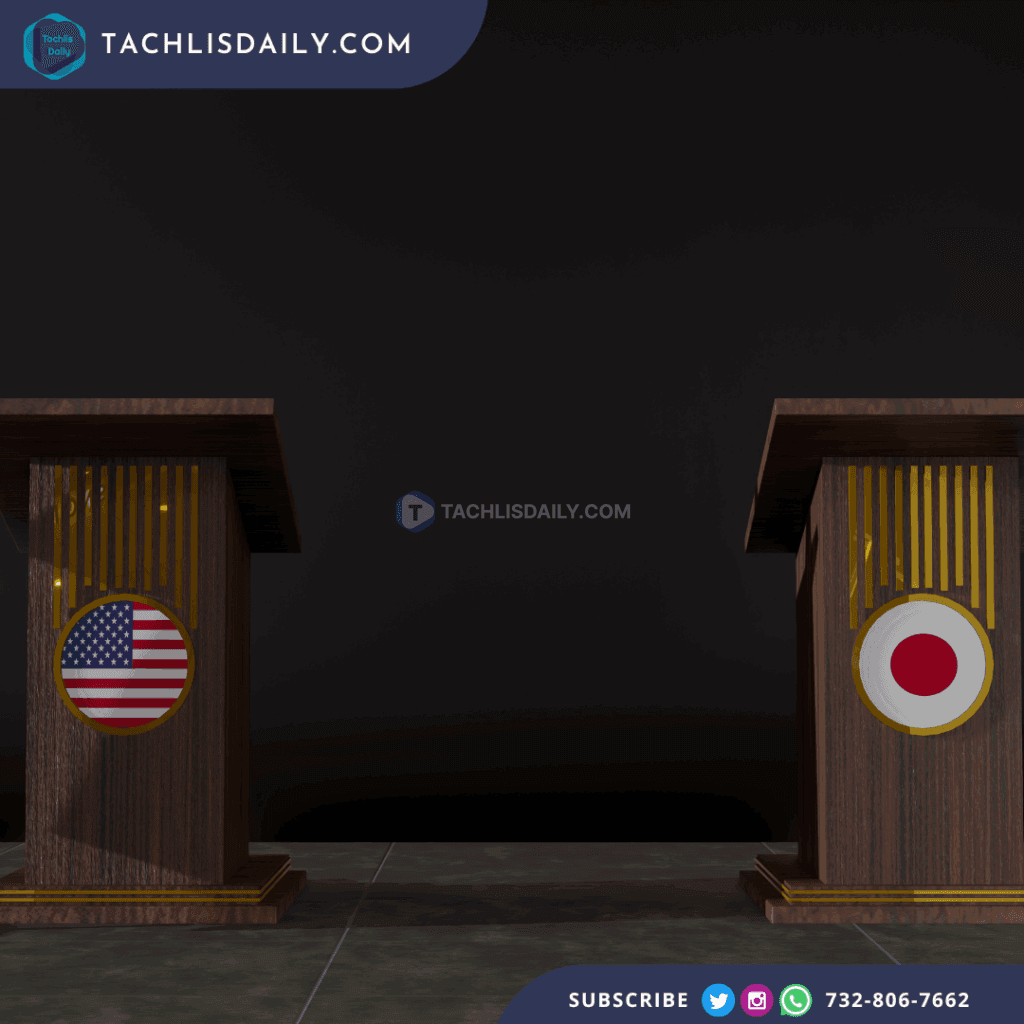In a sweeping economic announcement, former President Donald Trump has secured what he calls the “largest deal ever made,” a $550 billion trade agreement with Japan that is set to create hundreds of thousands of American jobs and open Japanese markets to a range of U.S. products for the first time in history.
Trump, speaking from the White House and in follow-up posts, celebrated the agreement as a landmark achievement for American industry and labor. According to the deal’s terms, Japan will invest $550 billion into the United States, with the U.S. expected to receive 90% of the profits. In return, Japan will gain access to U.S. markets while opening its own to American cars, trucks, rice, and other agricultural products. The agreement includes reciprocal tariffs of 15% and removes longstanding trade barriers that have historically limited U.S. exports to the Japanese market.
“This is a very exciting time for the United States of America,” Trump declared. “We will continue to always have a great relationship with the country of Japan. There has never been anything like it.”
A senior White House official confirmed the specific commitments under the deal: Japan will purchase 100 Boeing aircraft, increase rice imports from the U.S. by 75%, commit $8 billion toward buying American agricultural and industrial products, and raise annual defense spending with U.S. contractors to $17 billion, up from $14 billion.
Trump emphasized that the unprecedented opening of Japan’s domestic market was made possible by his aggressive tariff strategy. Just weeks earlier, he had announced a 25% tariff on Japanese goods set to begin August 1, warning Japan that any retaliatory measures would be met with equal or greater tariffs. However, Trump also offered an alternative: companies could avoid the tariffs entirely by relocating manufacturing to the U.S.
“If you wish to open your heretofore closed trading markets to the United States, and eliminate your tariff and non-tariff policies and trade barriers, we will, perhaps, consider an adjustment,” Trump said in a formal letter to Japanese Prime Minister Shigeru Ishiba.
Trump described the agreement as “a great deal for everybody,” contrasting it with prior international trade arrangements that he said disadvantaged the U.S. economy. The deal is viewed as part of a broader effort to reshape global trade through what Trump calls a “reciprocal tariff” model—where the level of U.S. tariffs reflects the size of the trade deficit with a given country.
At a White House event, Trump explained the rationale behind his strategy: “The open market Japan may be as big a profit factor as the tariffs themselves, but it was only gotten because of the tariff power.”
The announcement comes at a pivotal time in global trade dynamics. Just days earlier, Trump had expanded the 25% tariffs to include goods from South Korea, another major U.S. trading partner. These moves are part of his administration’s broader strategy to pressure nations with large trade surpluses to rebalance commerce with the United States.
Trump also used the occasion to praise Japan’s leadership for their cooperation and willingness to work on “a great deal for everybody.” He highlighted the long hours and dedication from both sides to bring the negotiations to a close.
“This deal,” he said, “will bring prosperity back to the American worker. It is the largest and most comprehensive trade agreement in the history of our nation.”
With the deal now finalized, attention will turn to its implementation. Economic analysts are watching closely to see how quickly the promised jobs materialize and how Japanese companies respond to the incentives to move operations to the U.S.











